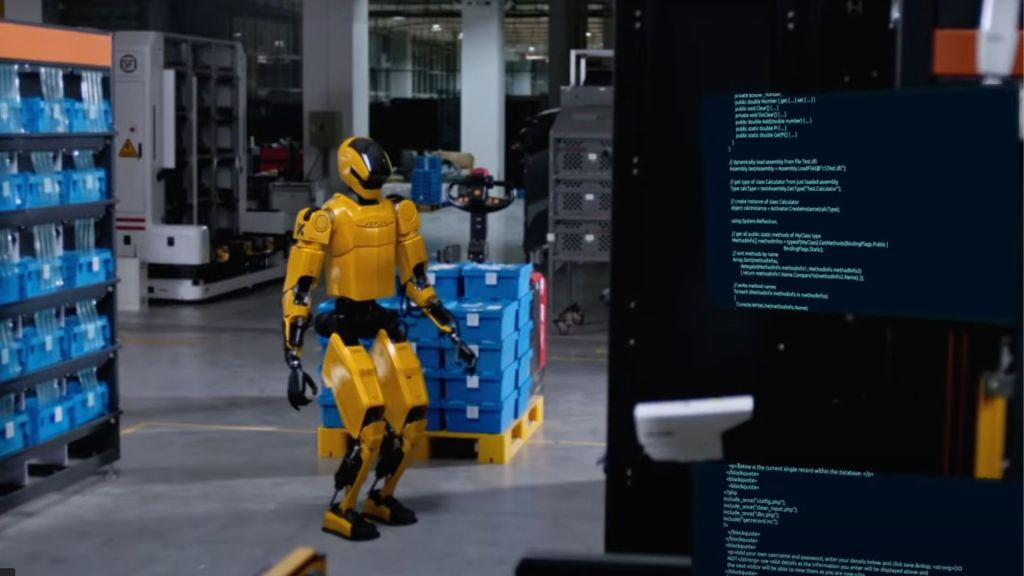MIT and NVIDIA Research researchers have developed a powerful new algorithm that drastically accelerates how robots plan their actions.
Robots may complete intricate, multistep manipulation tasks in seconds using this technology, which uses the parallel computing capability of graphics processing units (GPUs) to analyze thousands of possible answers simultaneously rather than one at a time.
Robots in factories and warehouses may be able to handle and pack items of different sizes and shapes more effectively thanks to this development, even in confined spaces or busy settings, without suffering harm or running into collisions.
“This would be very helpful in industrial settings where time really does matter and you need to find an effective solution as fast as possible. If your algorithm takes minutes to find a plan, as opposed to seconds, that costs the business money,” said William Shen, a graduate student at MIT and lead author of the research paper, as reported by MIT News.
Fast task planning
Researchers have developed a new algorithm called cuTAMP to accelerate robot task and motion planning (TAMP). TAMP involves generating a high-level task plan—a sequence of actions—and a corresponding motion plan, which defines specific parameters like joint positions and gripper orientation.
A robot must consider many things when packing objects into a box, such as how to grip objects, align them for the best fit, prevent collisions, and adhere to packing order and other constraints. The intricacy of these jobs generates a vast search space. Since many activities don’t result in positive outcomes, traditional approaches that randomly choose potential solutions and test them one at a time are inefficient.
cuTAMP addresses this using parallel computing via NVIDIA’s CUDA platform to simulate and refine thousands of action plans simultaneously. It combines two powerful techniques: sampling and optimization. Instead of random sampling, cuTAMP narrows its focus to more promising solutions that are more likely to satisfy the task’s constraints. This targeted sampling significantly improves the quality of initial candidates.
Then, through a parallelized optimization process, cuTAMP evaluates how well each candidate solution avoids collisions and meets both motion and task constraints. The algorithm updates and filters candidates iteratively until it converges on a feasible, high-quality plan, dramatically reducing planning time for complex robotic tasks.
Training-free execution
Researchers have enhanced their task and motion planning algorithm, cuTAMP, by leveraging the power of GPUs, which are far more efficient than CPUs for parallel computation. This allows the system to sample and optimize hundreds or thousands of solutions simultaneously, dramatically improving performance.
“With GPUs, optimizing many solutions costs the same as optimizing just one,” Shen told MIT News.
In tests involving Tetris-like packing simulations, cuTAMP identified successful, collision-free plans in just a few seconds, tasks that would take traditional, sequential planners significantly longer. When deployed on a real robotic arm, the algorithm consistently produced results in under 30 seconds.
According to researchers, cuTAMP is robot-agnostic and has been successfully tested on a robotic arm at MIT and a humanoid robot at NVIDIA. CuTAMP requires no training data, unlike machine-learning systems, allowing it to solve entirely new problems without prior exposure.
The algorithm is also highly generalizable, extending beyond packing to tasks like tool use, where new skills can be integrated easily. Looking ahead, the team aims to integrate language and vision models, enabling robots to interpret and execute plans based on natural voice commands from users, bringing more intuitive human-robot collaboration closer to reality.
The details of the team’s work are avialable in the pre-print research sharing platform arXiv.

